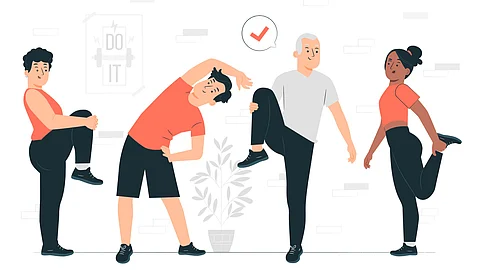How often have you jumped straight into a workout or stopped right after your last rep? Skipping warm-ups and cool-downs might seem harmless, but over time, it could be the one thing holding you back from better performance and faster recovery. Think of your body like a car. You wouldn’t start driving the moment you start the engine or slam the brakes after a long drive, right? Your muscles, joints, and heart also deserve the same care. That’s where warm-up and cool-down come into play.
Importance of Warm-Up and Cool-Down
Warm-up and cool-down exercises are important not only for athletes but for anyone engaging in regular physical activity. Both involve movements performed at a slower pace and lower intensity compared to the actual workout to prevent injuries and help the body recover from the after-effects of exercise. Warm-ups prepare the body for the demands of the workout, while cool-downs help bring it back to a normal state.


